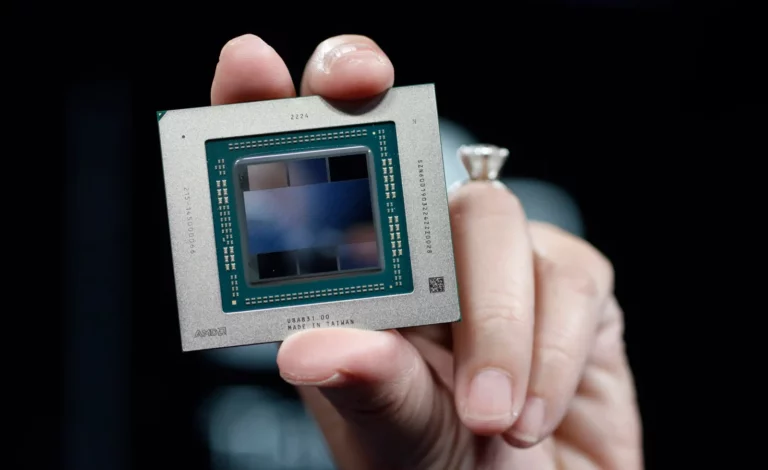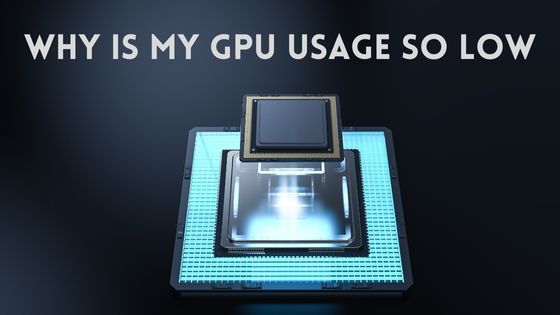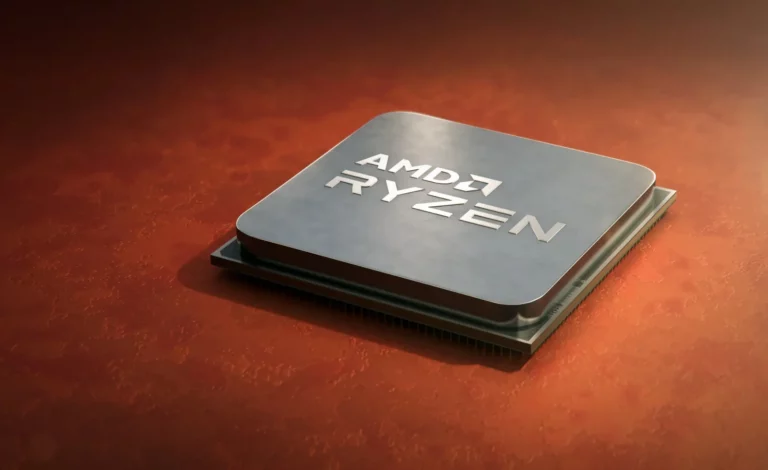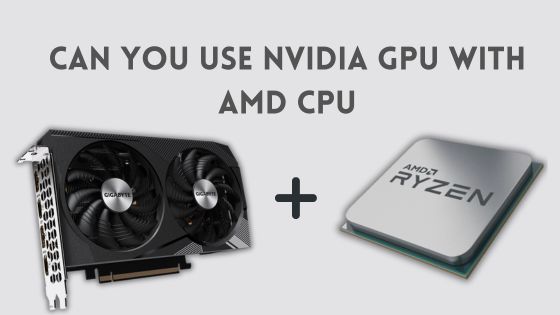Is Zotac a Good GPU Brand? An In-Depth Look
Zotac, founded in 2006, is a Hong Kong-based manufacturer of graphics cards, motherboards, mini PCs, and other computer hardware. In recent years, Zotac GPUs have gained popularity among budget-conscious buyers looking for affordable graphics cards that can deliver solid gaming performance.
But is Zotac a good GPU brand option when shopping for your next graphics card?
In this blog post, we’ll take an in-depth look at Zotac as a GPU brand, examining its history, products, performance, reliability, and value compared to other brands on the market.
A Brief History of Zotac
Zotac was established in 2006 as a subsidiary of PC Partner, a company that manufactures computers and components in Dongguan, China. It initially focused on producing motherboards and graphics cards, aiming to provide quality hardware at affordable prices.
The company experienced rapid growth, expanding to have offices in the United States, Germany, Japan, and South Korea. While Zotac manufactures a range of PC products, they have become best known for their graphics cards or GPUs.
Some of Zotac’s most popular early graphics card releases included the GeForce 7300 GT in 2007 and the GeForce 9800 GT in 2008. The GeForce 7300 GT gained attention for being an extremely affordable card that could still handle 1080p gaming.
The GeForce 9800 GT was notable for being one of the first graphics cards to ship with a factory overclock, providing added performance straight out of the box. These early successes helped establish Zotac as a go-to brand for budget-friendly graphics cards with surprising performance capabilities.
Since those early days, Zotac has continued expanding its graphics card lineup. They now produce a wide range of Nvidia-based GPUs, from entry-level cards intended for casual gaming up through high-end models aimed at enthusiasts.
Zotac’s focus remains on delivering quality graphics cards at affordable price points compared to many competitors. While not considered a premium brand, Zotac GPUs appeal to gamers who want solid 1080p or 1440p performance without breaking the bank.
Zotac’s Lineup of GPUs
As an Nvidia partner, Zotac produces graphics cards utilizing the same GPU chips and architecture as more well-known brands like ASUS, MSI, and EVGA. Their lineup covers everything from lower-end entry-level cards intended for esports and online gaming up to high-end models capable of 4K gaming or GPU-accelerated creative work.
Some of Zotac’s most popular current graphics card series include:
- GeForce GTX 16 series: Featuring GPUs like the GTX 1660 and GTX 1660 Ti, Zotac’s GTX 16 series delivers solid 1080p gaming performance at very affordable prices. These cards retail between $200 to $300.
- GeForce RTX 20 series: Zotac’s RTX 20 series includes mid-range models like the RTX 2060 and RTX 2070, which are capable of 1440p gaming with some ray tracing capabilities. The RTX 2080 is their current high-end offering from this generation.
- GeForce RTX 30 series: As an Nvidia partner, Zotac produces a full lineup of the latest Ampere-based RTX 30 series GPUs. These powerful cards enable 4K gaming and advanced ray tracing in games.
In addition to these familiar product lines, Zotac also produces miniature versions of many GPUs that are designed to fit in small form factor cases. For example, the Zotac RTX 2070 Mini is a compact yet fully capable RTX 2070 card. These mini options appeal to users building tiny PCs.
Across their product stack, the common thread is that Zotac graphics cards offer very competitive performance specifications at lower price points compared to other brands. While they may use cheaper materials or cooling solutions to hit lower prices, the end gaming performance remains strong.
How Does Zotac GPU Performance Stack Up?
Given their positioning as an entry-level to mid-range brand, how does Zotac actually perform compared to pricier models from ASUS, Gigabyte, MSI, and other manufacturers? Let’s dive into some Performance benchmarks and metrics.
Overall, industry reviews find that Zotac graphics cards deliver performance that matches their spec sheets and product tier quite well:
- Zotac’s high-end cards like the RTX 3090 offer performance on par with other RTX 3090s, with benchmarks showing they can handle 4K gaming or intense creative workloads. They offer the same core performance as other brands.
- Mid-range Zotac cards like the GTX 1660 or RTX 2060 trade blows with competing GPUs from other brands, again posting benchmark results in line with their tier.
- Even entry-level Zotac cards like the GT 1030 deliver on their promised performance for cheaper 1080p gaming.
Where Zotac cards differ is that they may have lower boost clock speeds out of the box, cheaper cooling solutions leading to higher noise and temperatures, and less overclocking headroom compared to pricier offerings. But for many buyers, their out-of-box performance is great.
For example, the Zotac RTX 3060 Twin Edge matches or slightly trails the frame rates of other RTX 3060s while running a few degrees hotter. These small trade-offs allow Zotac to lower costs.
In summary, Zotac graphics cards deliver excellent performance that matches expectations for the GPU tier. While enthusiasts may be better off with other brands, Zotac satisfies many gamers.
Reliability and Durability of Zotac GPUs
Beyond just benchmark performance, are Zotac graphics cards reliable and durable long-term? What do customer experiences reflect about the lifespan of these GPUs?
Overall, Zotac GPUs appear to be reasonably reliable, on par with other mid-range offerings but a step below premium options. Here are some key factors:
- Reviews: The majority of Zotac graphics card reviews on sites like Amazon and NewEgg are positive, with most users satisfied with their purchase. However, there are some complaints about fan noise or overheating mixed in.
- Warranty: Zotac offers a standard 2-year warranty on new graphics cards, which can be extended to 3 years with registration. This matches competitors like MSI but trails EVGA’s 5-year option.
- RMA process: Users report that Zotac’s RMA process for handling defective units is generally quick and straightforward, with replacements shipped out swiftly.
- Defect rates: While detailed data isn’t available, the general sense is that Zotac defect rates are slightly higher than premium brands but not excessively so. DOA (dead on arrival) units seem uncommon.
Overall, while you may see more complaints about things like fan noise compared to pricier GPUs, Zotac graphics cards appear to offer good reliability for the price. Just be sure to research specific models carefully before purchasing.
How Zotac GPUs Stack Up Against Other Brands
When evaluating graphics cards, it’s important to dive deeper than just brand name and pricing. The thermal design, components used, software utilities, form factors, and other technical factors all impact real-world performance and reliability.
Let’s take a detailed look at how Zotac compares to brands like ASUS, MSI, and EVGA in some key areas:
Cooling and Acoustics
- Zotac tends to use cheaper fans and heatsinks to cut costs. This can lead to lower airflow, higher temperatures, and increased noise under load.
- Premium brands invest more in advanced cooling solutions. For example, ASUS ROG Strix cards feature a beefy heatsink with Triple Axial-Tech fans for cooler and quieter operation.
- Zotac cards typically run hotter and the fans get louder during intensive gaming. For example, the Zotac RTX 3070 Twin Edge ran 10C hotter and significantly louder than the ASUS TUF Gaming RTX 3070 in HardwareTimes testing.
Power Delivery and Components
- Lower-tier brands like Zotac often cut corners on elements like VRM quality or capacitors to reduce prices. This can impact overclocking headroom and long-term reliability.
- Companies like EVGA use higher-grade components like 10-layer PCBs, premium capacitors, and VRMs on their most expensive cards for maximum stability under heavy loads.
- There are reports of instability or early failure in areas like voltage regulation when overclocking cheaper Zotac cards to their limit. More robust components prevent this.
Software and Utilities
- Zotac’s software for controlling RGB lighting, overclocking, and monitoring tends to be less refined than competitors. Some users report issues with basic functions.
- Top brands invest much more into software ecosystems like ASUS’ Armoury Crate or MSI Afterburner. They offer far more control and monitoring.
- For example, ASUS GPU Tweak II enables GPU vitals monitoring, one-click automatic overclocking, and advanced fan control. Zotac’s tools are far more rudimentary.
Warranties and Customer Support
- Zotac offers shorter 2-3 year warranties, while EVGA provides 5-10 years on higher-end cards. This matches their respective reputations for reliability and defect rates.
- Brands like MSI invest more in customer service infrastructure and staff training. You can expect faster and higher quality support from premium vendors.
- Overall, lower-cost brands like Zotac may require more self-troubleshooting. Their customer service tends to be less capable and slower to respond.
In summary, while Zotac is perfectly adequate for many buyers, there are technical advantages to higher-tier brands that justify the increased prices for certain audiences like overclocking enthusiasts or buyers seeking ultra-reliability. It depends on your needs and budget.
Pros of Buying a Zotac Graphics Card
If you’re considering a Zotac GPU, keep these benefits in mind:
- Price: The most obvious advantage of Zotac graphics cards is their lower cost compared to many competitors. You’ll pay less money for similar core performance.
- Compact size: Some Zotac GPUs like the 1080 Mini are smaller than average, great for small form factor builds.
- LEDs/lighting: Most Zotac graphics cards feature customizable RGB lighting for users who want visual flair.
- Quiet modes: Cards like the RTX 2070 Super have a “Freeze” mode to stop the fans for silent operation during light gaming.
- Overclocking: Zotac’s FireStorm software makes it easy to overclock your card for extra performance. Just don’t expect as much headroom as pricier GPUs.
For buyers on a budget who still want strong 1080p or 1440p gaming performance, Zotac cards deliver excellent value.
Cons of Buying a Zotac Graphics Card
However, there are some downsides to weigh as well:
- Lower build quality: Zotac uses cheaper materials and components to cut costs, which may impact longevity down the road. There are more complaints about fan failures.
- Noisier operation: To compensate for lower-quality cooling systems, Zotac GPU fans often run louder and hotter than competitors under load.
- Limited overclocking: Don’t expect high overclocking potential with Zotac cards. The cheaper designs lead to early throttling when pushed.
- Minimal RGB control: Some users report issues controlling RGB lighting on Zotac cards compared to other brands with more mature software.
- Shorter warranties: EVGA and other brands offer longer 4+ year warranties, while Zotac sticks to 2 or 3 years.
While these trade-offs allow Zotac to offer lower prices, they are worth keeping in mind. For some buyers seeking the best cooling performance or overclocking, more expensive GPU brands may be preferable.
Should You Buy a Zotac Graphics Card?
Given the pros, cons, and competitive performance covered already, is a Zotac GPU a smart purchase? Here are some final recommendations on where Zotac cards make the most sense:
- Entry-level gaming: For esports titles like Fortnite or basic 1080p gaming, Zotac offers fantastic performance per dollar that budget gamers will appreciate.
- Mid-range systems: For solid 1440p gaming performance without breaking the bank, Zotac cards like the RTX 3060 Ti are perfect.
- Small form factors: If you need a powerful but compact GPU, Zotac’s Mini options shine.
- Average overclocking needs: While not suited for extreme overclocking, Zotac cards can provide a moderate boost for most users.
However, for buyers who demand ultra-reliable operation, low noise levels, and maximum overclocking potential, other brands that command higher prices may be preferable, albeit at a higher upfront cost.
Ultimately, by understanding Zotac’s strengths as a value-focused brand, you can determine if one of their graphics cards is a good fit for your needs and budget. Their GPUs may represent the best balance of performance and price for many mainstream gamers.
What Other Products Does Zotac Offer?
In addition to their wide range of graphics cards, Zotac also manufactures and sells a variety of other computer hardware focused primarily on small form factor and mini PCs:
- Mini PCs: Zotac is well known for its line of tiny Mini PCs powered by Intel or AMD processors. These Mini PCs come in multiple sizes, some as small as palm-sized boxes, and are geared towards home theater, office work, or compact gaming setups.
- Motherboards: Zotac produces a small selection of motherboards mainly aimed at small form factor and mini PC builds. The Zotac Gaming A-Series motherboards combine SO-DIMM RAM slots and space for standard PCIe components to enable compact system builds.
- Barebones systems: As part of their mini PC focus, Zotac sells barebones kits that include a Zotac Mini PC chassis, power supply, and motherboard. Users can outfit the barebones kit with their choice of CPU, RAM, storage, and any other needed components.
- Backpacks & Cases: To transport their Mini PCs, Zotac sells a variety of stylish and protective backpacks, messenger bags, and carrying cases. These let you take a mini PC build anywhere.
- Desktop accessories: Zotac offers a small selection of keyboards, mice, headsets, and other peripherals to complement their Mini PCs and graphics cards. These enable users to outfit a complete Zotac system.
While Zotac is best known for GPUs, they provide a range of hardware spanning compact Mini PCs, motherboards, cases, and accessories. Their additional offerings cater towards small form factor computing needs and transportable systems.
Conclusion
In the GPU world, Zotac has cemented itself as a provider of quality budget-friendly graphics cards. While Zotac trails behind premium brands in some areas like cooling solutions and overclocking headroom, their cards still deliver excellent performance for the money.
For buyers seeking good 1080p or 1440p gaming performance on a budget, Zotac GPUs like the RTX 3060 Twin Edge or GTX 1660 Super represent fantastic value. Their lower prices make high frame rates more accessible.
However, buyers wanting ultra-premium build quality, acoustics, and reliability may still prefer other brands like ASUS or EVGA. Understand that Zotac’s lower prices come with some trade-offs in terms of cheaper components and materials.
Still, for the majority of gamers without unlimited budgets, Zotac deserves consideration. Their graphics cards can give you great PC gaming experiences without breaking the bank. Just be sure to research specific models thoroughly, as reliability can vary.
Overall, while not perfect, Zotac remains a solid choice as a value-focused GPU brand for mainstream gamers who care about price and performance over everything else.





